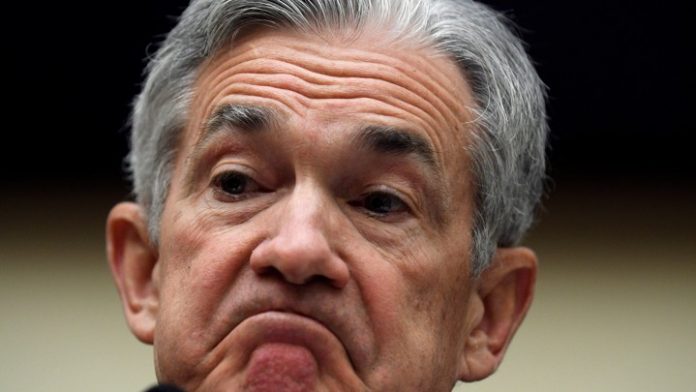Stocks hovered near break-even today as investors awaited the Federal Reserve’s imminent interest rate decision. This comes on the heels of fresh economic data revealing a tempering of core inflation and a subdued labor market, setting the tone for potential shifts in the Fed’s interest rate trajectory for the foreseeable future.
The S&P 500 edged up by 0.06%, while the Dow Jones Industrial Average dipped slightly by 0.03% or 11 points. The Nasdaq Composite, on the other hand, saw a minor decline of 0.07%.
The Federal Reserve’s meeting, slated for Tuesday and Wednesday, is the talk of the town. The central bank is set to unveil its latest policy decision on Wednesday at 2:00 p.m. ET. This will be followed by a press conference where Fed Chairman Jerome Powell will field questions. The consensus among investors is that the Federal Open Market Committee will maintain its benchmark interest rate within the 5.25%-5.5% bracket.
Recent sentiment has solidified around the expectation of the Fed holding off on rate hikes. Data from the CME FedWatch Tool indicates a 99% likelihood of the Fed maintaining its current rate stance, a jump from 92% just a week prior.
Last week’s sentiment took a hit as the Fed entered its “quiet period” before the policy meeting. Only the Dow managed to register weekly gains, with both the S&P and Nasdaq concluding the week in the red.
Despite the modest uptick in August consumer prices, many market analysts believe the Fed won’t be pressured into a rate hike during this week’s meeting. However, consistent data indicating stronger-than-anticipated economic signals keeps the door ajar for potential future rate hikes.
Central bankers have been proactive, with 11 rate hikes since March 2022, in a bid to curb unprecedented inflation levels. The overarching goal remains a 2% inflation target for the US economy. Luke Tilley, Wilmington Trust’s chief economist, commented, “They are being very risk averse… They need to keep financial conditions tight.” Krishna Guha of Evercore ISI added that the Fed “will strike a stern, resolute tone” but will refrain from further hikes unless there’s a significant shift in inflation or labor market dynamics.
Recent data releases have been pivotal. Last Wednesday, the Consumer Price Index (CPI) data revealed a 0.6% monthly rise and a 3.7% annual increase for August. However, a deeper dive into the numbers indicates potential signs of disinflation, primarily driven by gas prices should they begin to fall in the coming months. The Fed’s favored core inflation metric, the Personal Consumption Expenditures (PCE) Index, rose 4.2% year-over-year in July, a slight uptick from June but still below the first half of the year’s figures.
Given the data, many economists believe the Fed won’t be swayed into a rate hike during the upcoming meeting. The central bank’s objective is to steer core inflation back to the 2% mark.
That being said, the Fed might consider one final hike in November – a theory that’s supported by the FedWatch Tool’s 33% chance of a hike on November 1st. But the market also believes that the Fed will abstain from further hikes this year due to moderating inflation.
Jerome Powell, during the Kansas City Fed’s annual economic symposium in Jackson Hole, Wyo., last month, emphasized the Fed’s cautious approach while keeping rate hikes as a viable option. He remarked, “We are prepared to raise rates further if appropriate…” Powell also alluded to the delayed impacts of previous rate hikes, suggesting more significant effects are yet to manifest.
Echoing this sentiment, Lorie Logan, Federal Reserve Bank of Dallas president, mentioned in a recent speech, “Another skip could be appropriate… But skipping does not imply stopping.” She emphasized the need for continuous evaluation and the possibility of more aggressive measures to combat inflation.
In other words, the Fed seems to be shifting dovish while leaving the door open for a sudden hawkish change of heart. Wednesday afternoon, if Powell makes it seem like a hike is on the table for November, stocks should react poorly, as the market still believes that the odds of a “no-hike” November (65%) are significantly higher.








